As we know, the world of Middle-earth is a land of strange creatures beyond count, but some of them are reckoned much higher in the mind of their creator, Eru Ilúvatar.
Since The Lord of the Rings: The Rings of Power takes place in the Second Age, we’re much closer to Tolkien’s creation myth than the Third Age of the main book series would allow. For instance, in Númenor, worshipping the Valar as deities is still very much a thing, and you repeatedly hear them being mentioned.
In this latest episode, the new ruler of Númenor, Ar-Pharazon, decides to let the Valar pass judgment on Elendil to determine whether he’s innocent. Miriel decides to take Elendil’s place at the last moment, and the sea-worm, supposedly an emissary of the Valar, deems her worthy of being exalted among her kin.
But who are these Valar, and where do they reside?
Who are the Valar or Ainur in The Lord of the Rings?
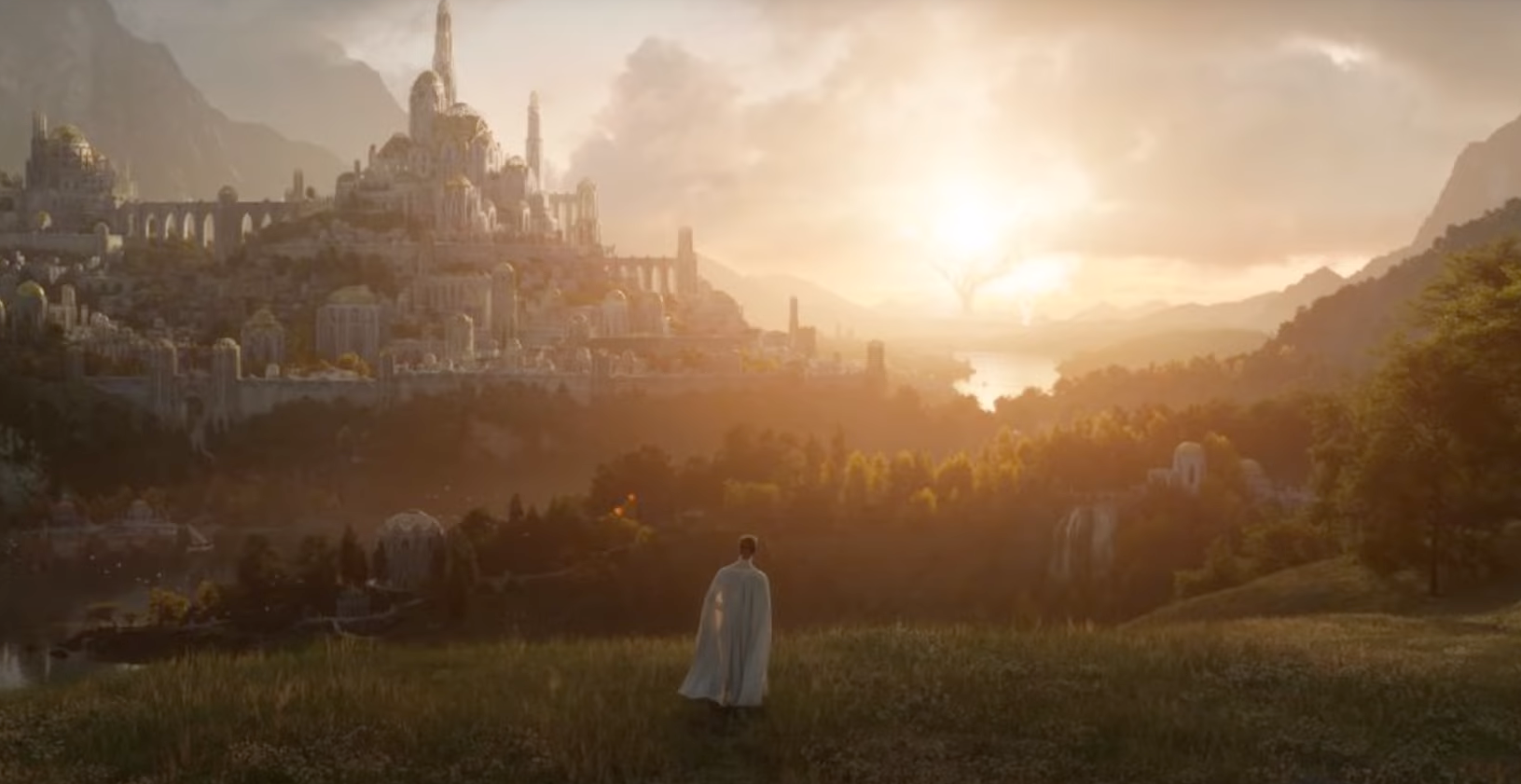
Tolkien’s creation myth, recounted in the posthumous release The Silmarillion, begins like this:
“There was Eru, the One, who in Arda is called Ilúvatar; and he made first the Ainur, the Holy Ones, that were the offspring of his thought, and they were with him before aught else was made. And he spoke to them, propounding to them themes of music.”
In essence, the Ainur were the highest of Eru’s creationist offspring, each embodying an aspect of his character. The greatest of these Ainur was Melkor, later known as Morgoth the Black Foe, the first dark lord and the personification of evil in Middle-earth. The rest of the Ainur were gods in their own right, and they used their power to shape the world before the coming of Elves and Men and Dwarves.
Of course, the distinction should be made that while Ainur had godly powers, they were not to be worshipped, and the Faithful in Númenor don’t exactly worship the Valar, but rather know them to be emissaries of Eru.
These are the undying Lords and Queens of the Valar:
- Manwë — The King of the Valar, husband of Varda
- Varda — Queen of the Stars, wife of Manwë
- Ulmo — King of the Sea
- Aulë — The Smith, husband of Yavanna
- Yavanna — Giver of Fruits, wife of Aulë
- Oromë — The Great Rider, husband of Vána
- Vána — The Ever-young, wife of Oromë
- Nienna — Lady of Mercy
- Lórien — Master of Dreams and Desires, husband of Estë
- Estë — The Healer of Hurts, wife of Lórien
- Tulkas — Champion of Valinor, husband of Nessa
- Nessa — The embodiment of Ainulindalë, wife of Tulkas
- Mandos — Judge of the Dead, husband of Vairë
- Vairë — The Weaver of Fate, wife of Mandos
And forever they shall dwell west of Middle-earth, over the Sundering Seas, in the undying lands of Valinor.

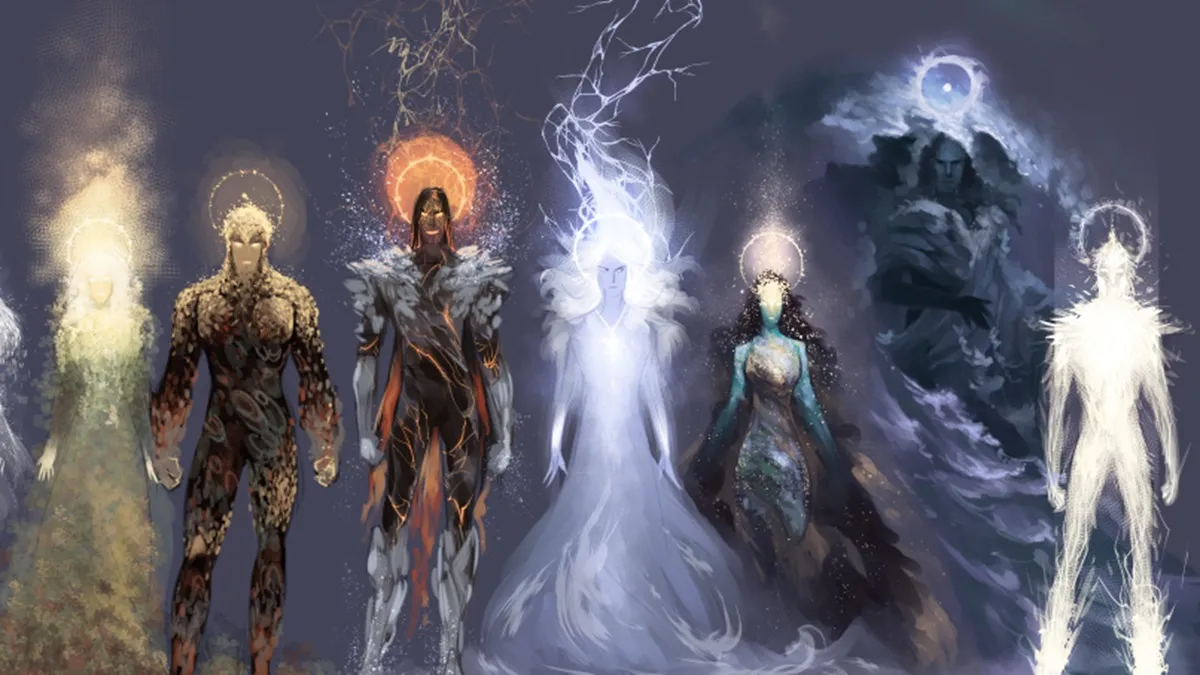

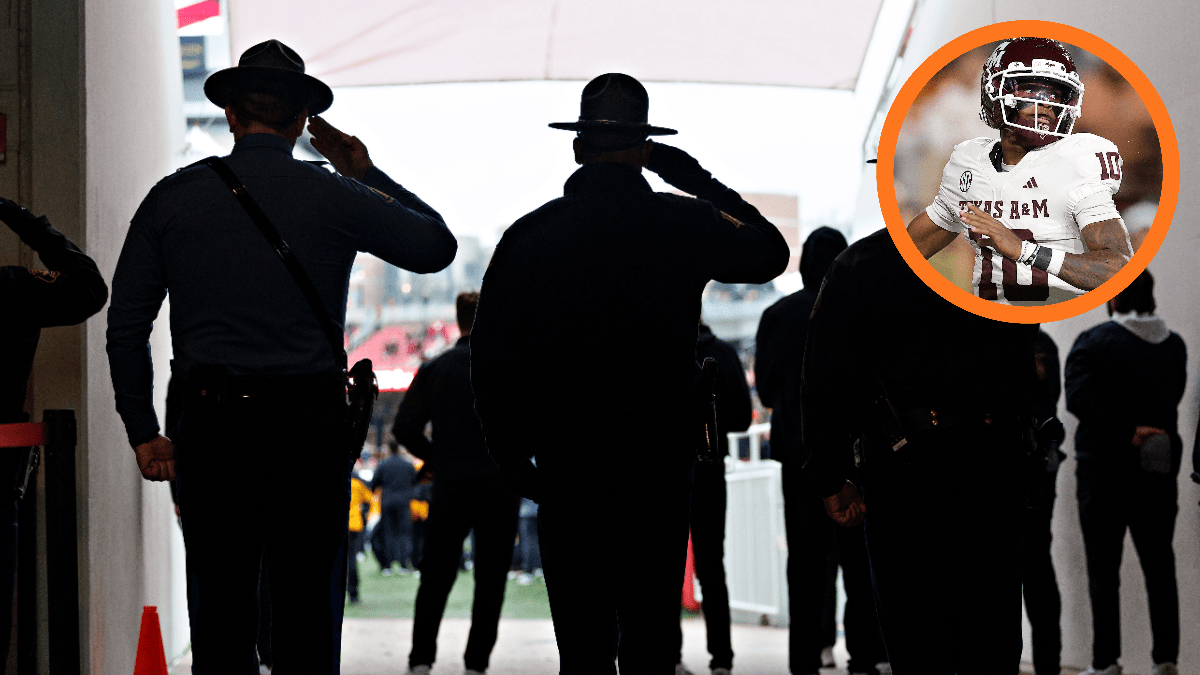
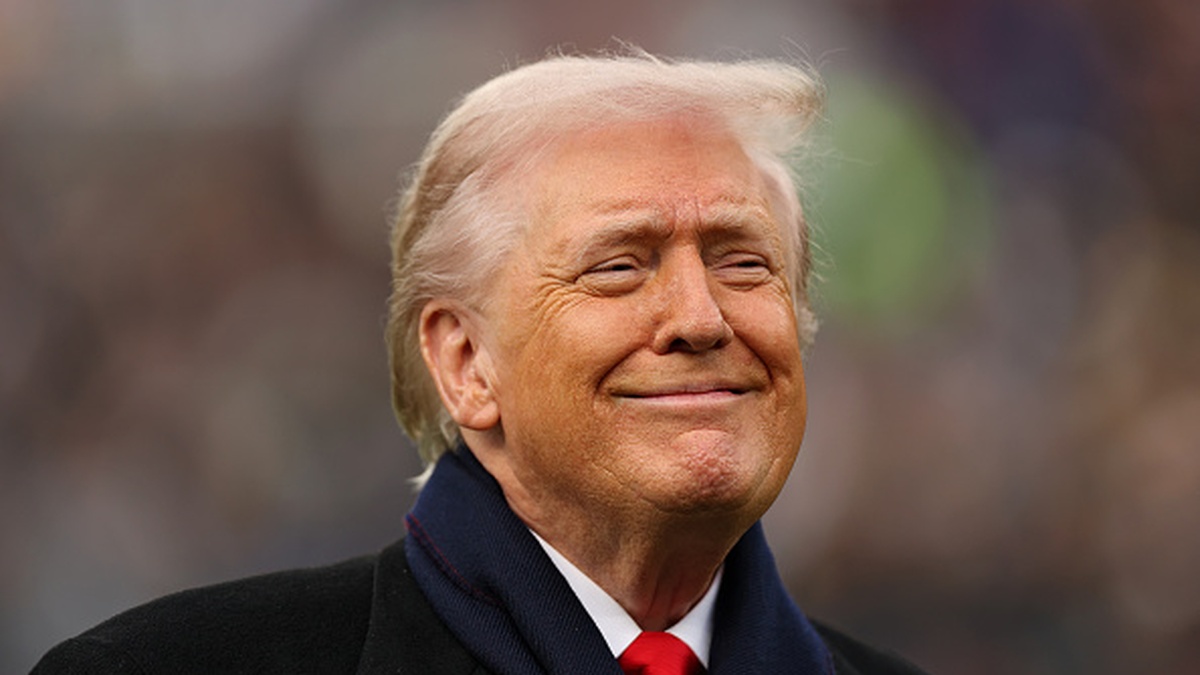



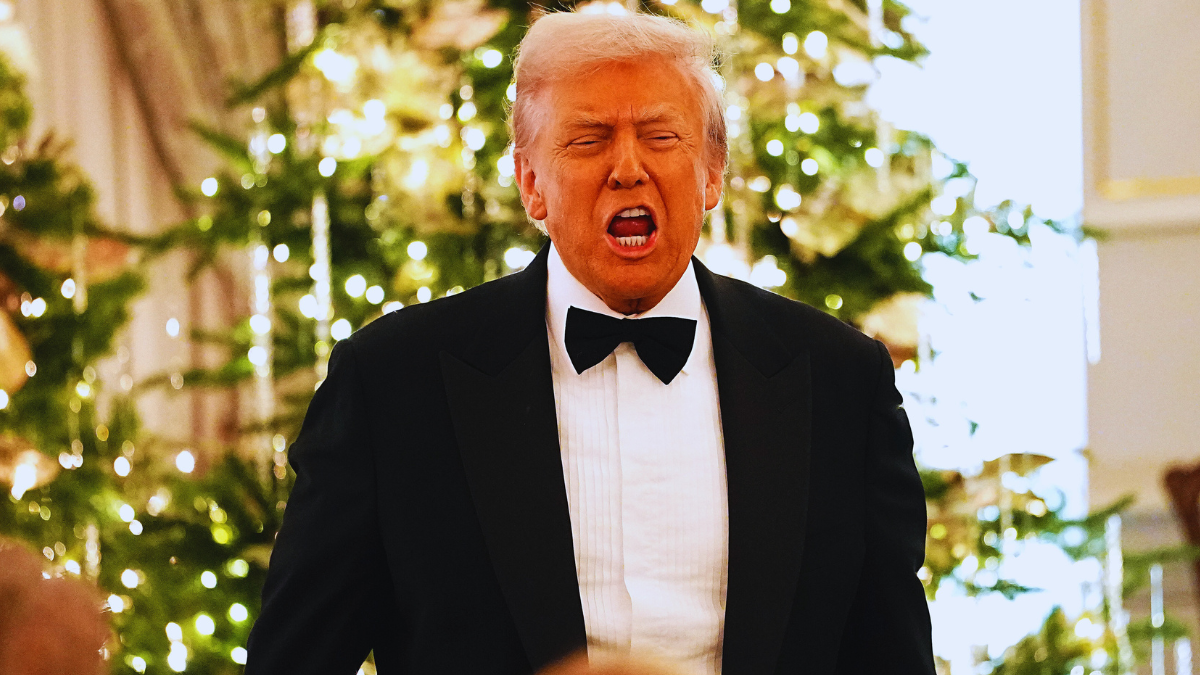

Published: Sep 20, 2024 03:29 am